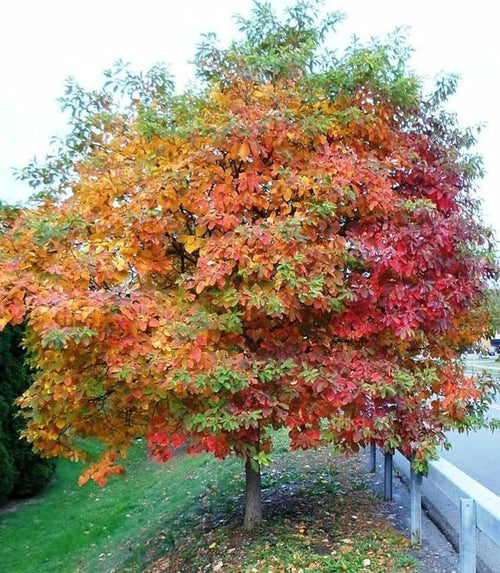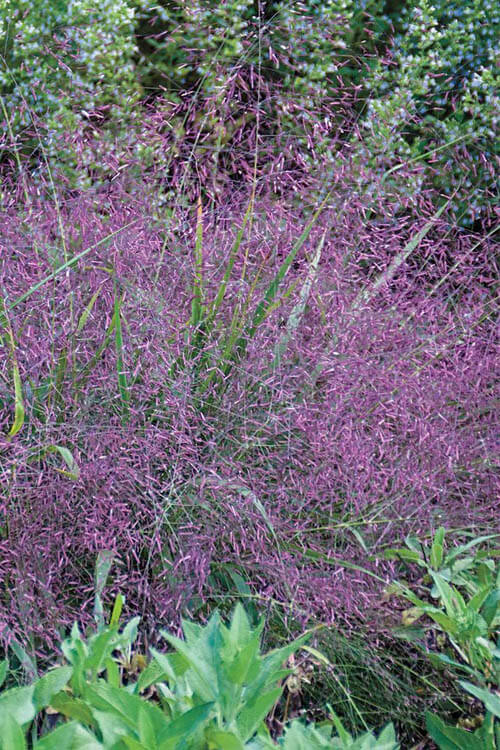The Importance of Carotene in Autumn
Transition With its crisp air and vibrant foliage, autumn is a season that captivates our senses and fills us with a sense of wonder. But beyond its aesthetic beauty and cozy associations, autumn holds a secret. This natural phenomenon plays a crucial role in changing leaves' colors and various organisms' health.
This secret lies in the importance of carotene, a pigment responsible for the breathtaking autumnal hues and much more. In this exploration, we delve into the world of carotene and unravel its significance in the enchanting canvas of autumn.
Understanding Carotene
To appreciate the importance of carotene in autumn, we first need to understand what carotene is and how it functions in nature. Carotenes are organic pigments belonging to the tetraterpenoid group, which are responsible for the red, orange, and yellow colors. The most well-known carotene is beta-carotene in carrots, pumpkins, and sweet potatoes. It's also one of the primary sources of vitamin A for many animals, including humans. Chlorophyll, the green pigment in plants, plays a central role in this process. However, as autumn approaches and daylight hours decrease, chlorophyll production slows down and eventually ceases.
The Role of Carotene in Photosynthesis
Deciduous trees and other plants must prepare for winter as the days grow little, and temperatures drop during autumn. One of the crucial adaptations they undergo is the breakdown of chlorophyll in their leaves. This is where carotenes come into play. While chlorophyll is the dominant pigment during the growing season, carotenes are always present in plant cells at lower concentrations. As chlorophyll breaks down and fades away in the autumn, the carotenes become more visible, giving leaves their characteristic orange and yellow hues. This process allows the plant to maximize its energy production before winter arrives.
Carotene and the Spectacle of Autumn Foliage
The vibrant colors of autumn foliage are a breathtaking sight and a season's hallmark. These colors, ranging from deep reds to brilliant yellows and oranges, result from the interplay between various pigments, including carotenes. Carotenes and other pigments like anthocyanins and flavonoids contribute to the dazzling array of colors seen in autumn leaves. As chlorophyll breaks down and disappears, the carotenes become more apparent, creating the warm, golden tones we associate with fall. In some tree species, such as maples and oaks, anthocyanins also lead to the development of rich red and purple hues. The colors we see in the autumn foliage are influenced by a combination of factors, including the type and concentration of pigments present, the pH of the leaf cells, and environmental conditions such as temperature and sunlight. Each tree species has its unique combination of pigments, resulting in the diverse palette of autumn colors we admire.
The Ecological Importance of Carotene in Autumn
Beyond the visual appeal of autumn foliage, carotenes play a significant ecological role during this season. Animal Nutrition Carotenes are crucial not only to plants but also to animals. Many herbivores, including insects and mammals, rely on leaves and other plant parts as a primary food source. Carotenes serve as a valuable nutrient for these animals. Beta-carotene, which can be changed into vitamin A, is essential for the health and growth of herbivores.
Vitamin A is crucial for various physiological processes, including vision, immune function, and reproductive health. As plant foliage becomes a primary food source for many animals in the autumn, the presence of carotenes helps support their nutritional needs. Seed Dispersal Autumn is a critical time for seed dispersal in many plant species.
Trees and shrubs produce seeds that must be spread to new locations for germination and growth. Some animals, such as squirrels and birds, play a vital role in this process.
Carotene-rich fruits, like berries, serve as a valuable food source for these seed-dispersing animals. The bright colors of these fruits, often resulting from carotene pigments, make them more visible and attractive to foragers. As animals eat the fruits, they inadvertently disperse the seeds, helping to ensure the survival and distribution of plant species.
Cold Adaptation As autumn transitions into winter, plants must prepare for the harsh conditions. Carotenes also play a role in this adaptation. Some research suggests that carotenes may help protect plant cells from damage caused by freezing temperatures and U.V. radiation. By absorbing and dissipating excess light energy, carotenes may reduce the risk of photoinhibition and oxidative stress in leaves exposed to low temperatures and intense sunlight.
Additionally, carotenes may act as antioxidants, helping to mitigate the damage caused by free radicals, which can increase under stressful environmental conditions. This antioxidant role becomes crucial as plants prepare for winter dormancy and face potential stressors.
Carotenes in Human Health
While carotenes are crucial for plants and animals during autumn, they also offer significant health benefits to humans throughout the year. Provitamin A Carotenes, particularly beta-carotene, serve as provitamin A compounds in our diet.
Provitamin A compounds can be converted into vitamin A by the human body. Vitamin A is an essential nutrient for various bodily functions, including:
Vision: Vitamin A is crucial for maintaining healthy vision, especially in low-light conditions. It is a rhodopsin component, a retina protein that helps us see in dim light. Immune Function: Vitamin A plays a role in the development and functioning of the immune system, helping the body fight off infections.
Skin Health: Vitamin A is essential for maintaining healthy skin and mucous membranes. Reproductive Health: Vitamin A is necessary for normal reproduction and embryonic development.
Cell Growth: Vitamin A is involved in regulating cell growth and differentiation. Antioxidant Properties Carotenes also exhibit antioxidant properties in the human body. Unstable molecules could lead to oxidative stress and chronic diseases, including cancer and heart disease.
By neutralizing free radicals, carotenes contribute to overall health and well-being. Dietary Sources Carotenes are abundant in many fruits and vegetables, making it easy for alone to incorporate them into their diets. Some of the best dietary sources of carotenes include:
- Carrots: Carrots are particularly rich in beta-carotene, which gives them their vibrant orange color.
- Sweet Potatoes: Like carrots, sweet potatoes are loaded with beta-carotene.
- Pumpkins: The iconic symbol of autumn, pumpkins, are a great source of both beta



















































